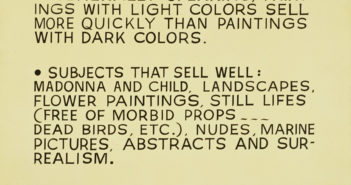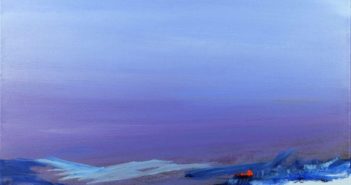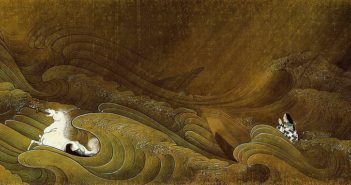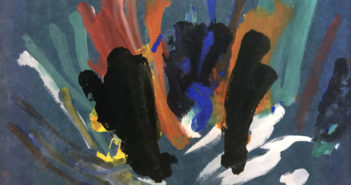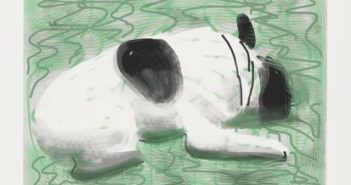
The peekaboo principle
A few minutes ago I was watching a young couple staring at a huge abstract painting in a commercial art gallery. The painting was mysterious, dark, tentative — with perhaps, only perhaps, the whisper of a female figure. Previously, when I’d daringly checked out its very high price, a gallerista swept by and assured me, “We sell a lot of this man’s work.”

